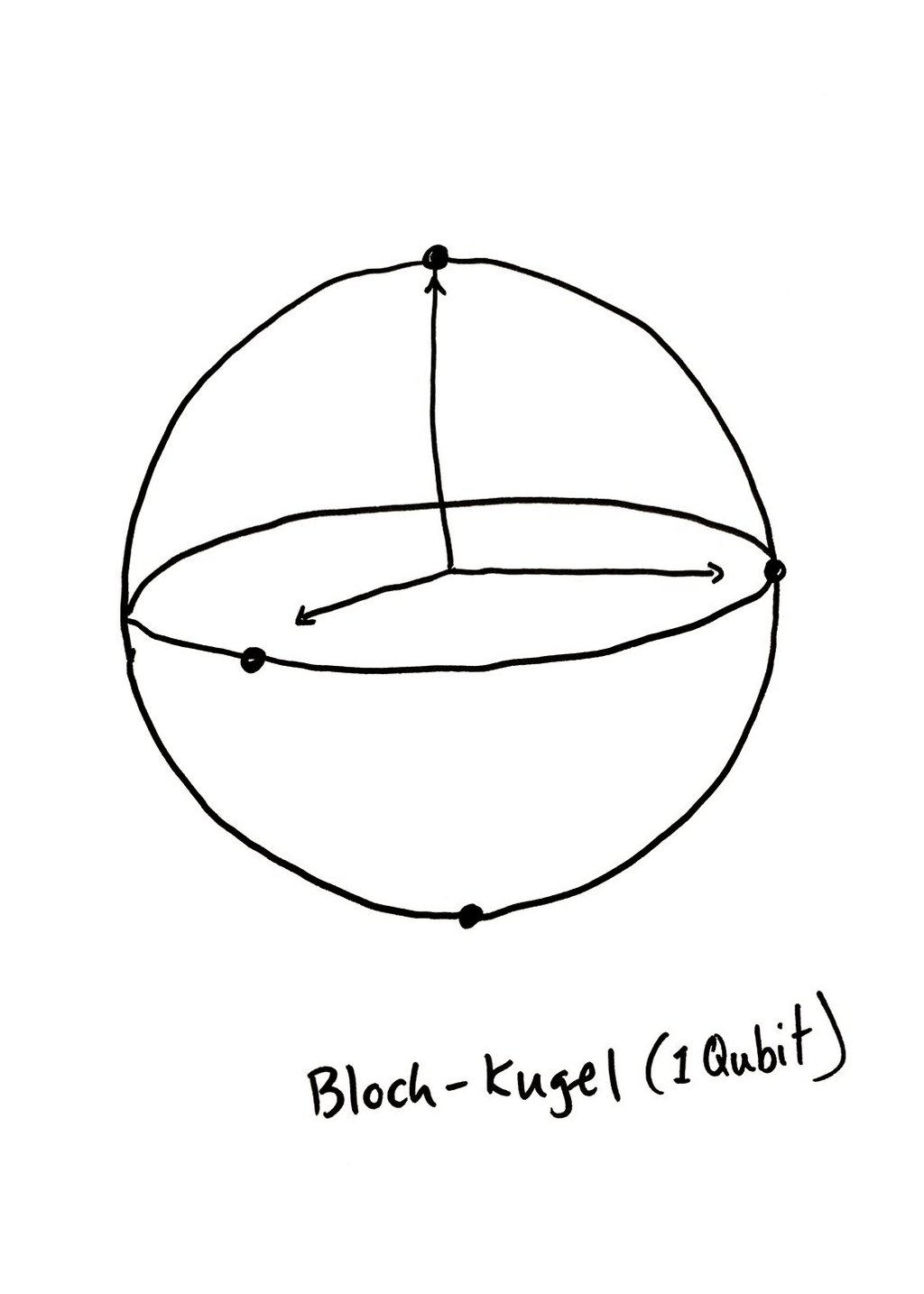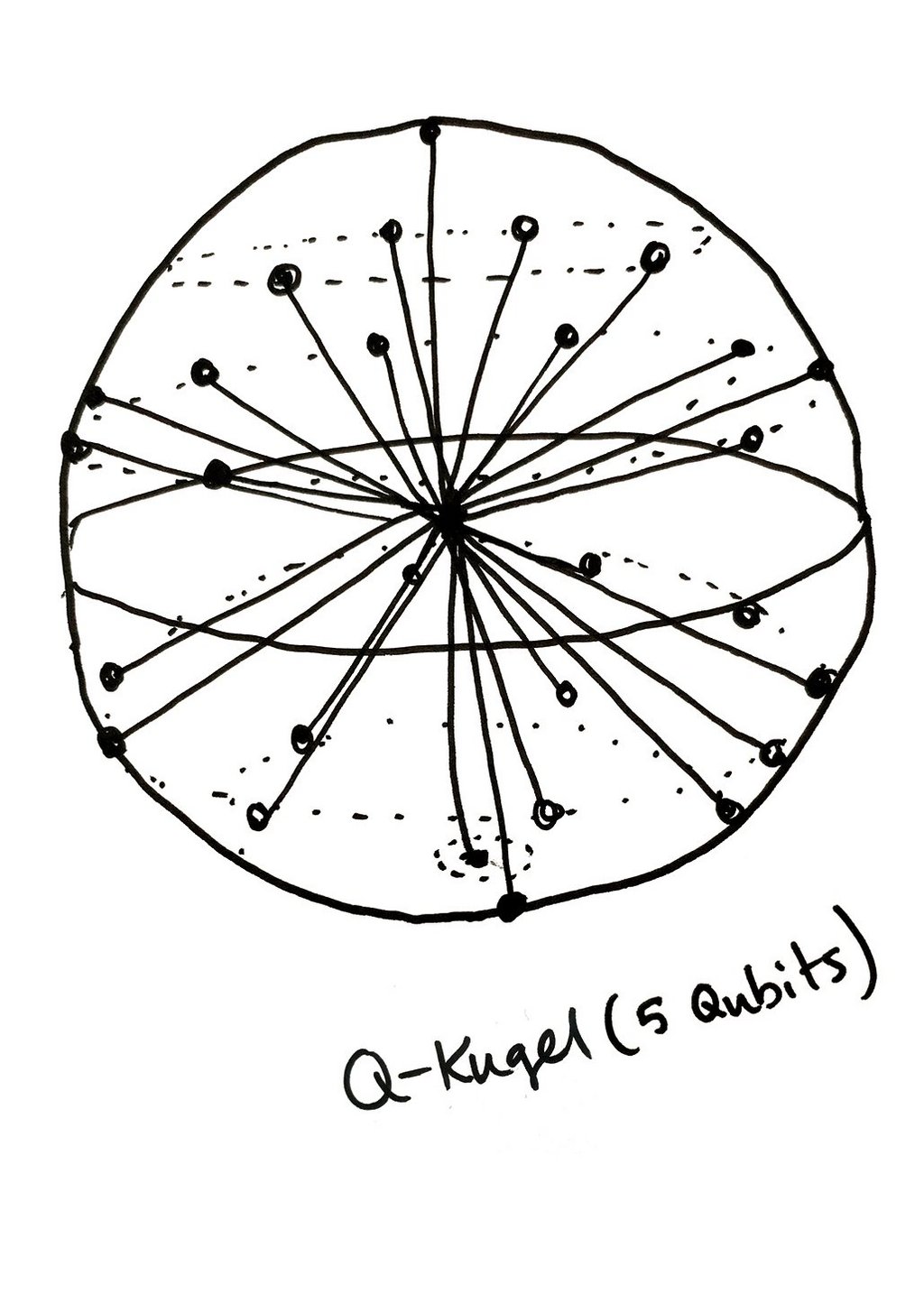THE MAGIC OF QUANTA
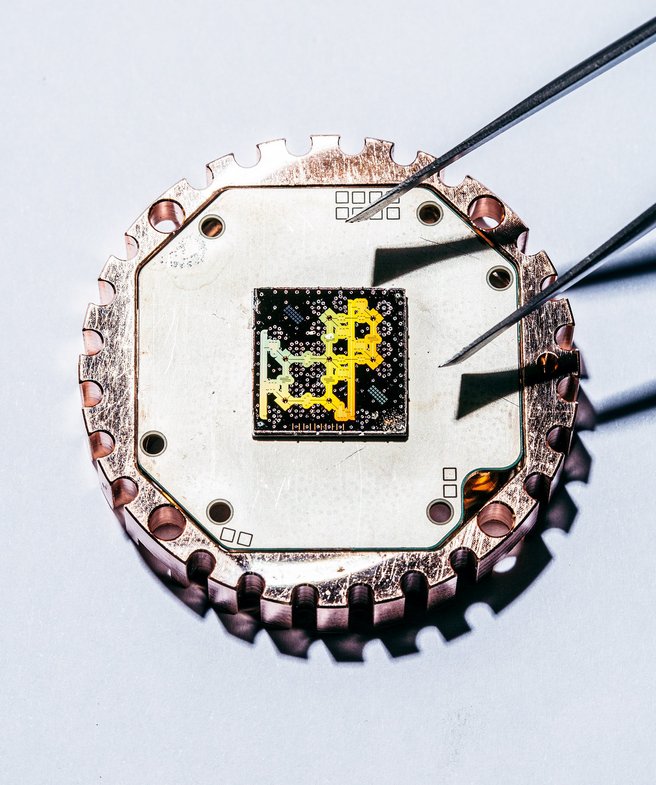
A bit, or binary digit, has a single value: either 0 or 1. A qubit, or quantum bit, in contrast, can also assume the infinite number of states between 0 and 1 in a single moment—at least in theory. But how does a quantum computer actually work? Where and when will one be ready for use? And why did Einstein think quantum experiments were spooky?
Very strange conditions prevail in the quantum world. A quantum (plural: quanta) is the minimum possible amount of any physical property, such as matter or energy. These smallest of particles ignore logic. They are simultaneously located in an infinite number of places and influence each other without being physically connected. Quantum mechanics goes beyond the limits of our imagination. Yet it’s not science fiction, but rather the fundamental physical theory of the universe. Quanta can help us rethink the digital world: for many years now, companies have been researching quantum computers, which would be capable of performing absolutely enormous tasks. For instance, directing rush-hour traffic so that there wouldn’t be any traffic jams. Developing personalized medication specifically tailored to an individual patient. Analyzing the growth of a tumor so precisely that it can be effectively inhibited. Creating encryptions that are so secure that not even other quantum computers can crack them. Putting together climate models that accurately predict which measures against climate change will be effective and how effective they will be. In short, quantum computers start where conventional supercomputers reach their limits: when the quantities of data become too vast and their interdependencies too complex for current technology to handle.
The foundations of quantum physics emerged back in the early twentieth century. In the canon of theories, quantum physics is old hat and we encounter its laws in everyday technology all the time. Whether we’re speaking about GPS systems or modern eye surgery, smartphone displays or CD players—these things wouldn’t exist without quantum mechanics. However, there is one question that has long caused headaches: Is it possible to bring the quantum world to computing?
The very short answer as of now is, “Yes, but….” To learn more, it’s worth giving Klaus Mainzer a call. The philosopher, physicist and mathematician has written a number of books about future technologies such as artificial intelligence and quantum computers, and is also a professor emeritus at the Technical University of Munich. In conversation, he begins his exploration of the quanta in the traditional digital world of bits and bytes. He describes conventional computers as “switch boxes,” something he doesn’t mean disparagingly at all, but simply as a description of how these computers are built: “In the chips there are huge numbers of switches that are set either to 0 or 1.” These switches can be cleverly combined to form algorithms. Even today’s most powerful supercomputers don’t know more than the two states of 1 and 0: on or off.
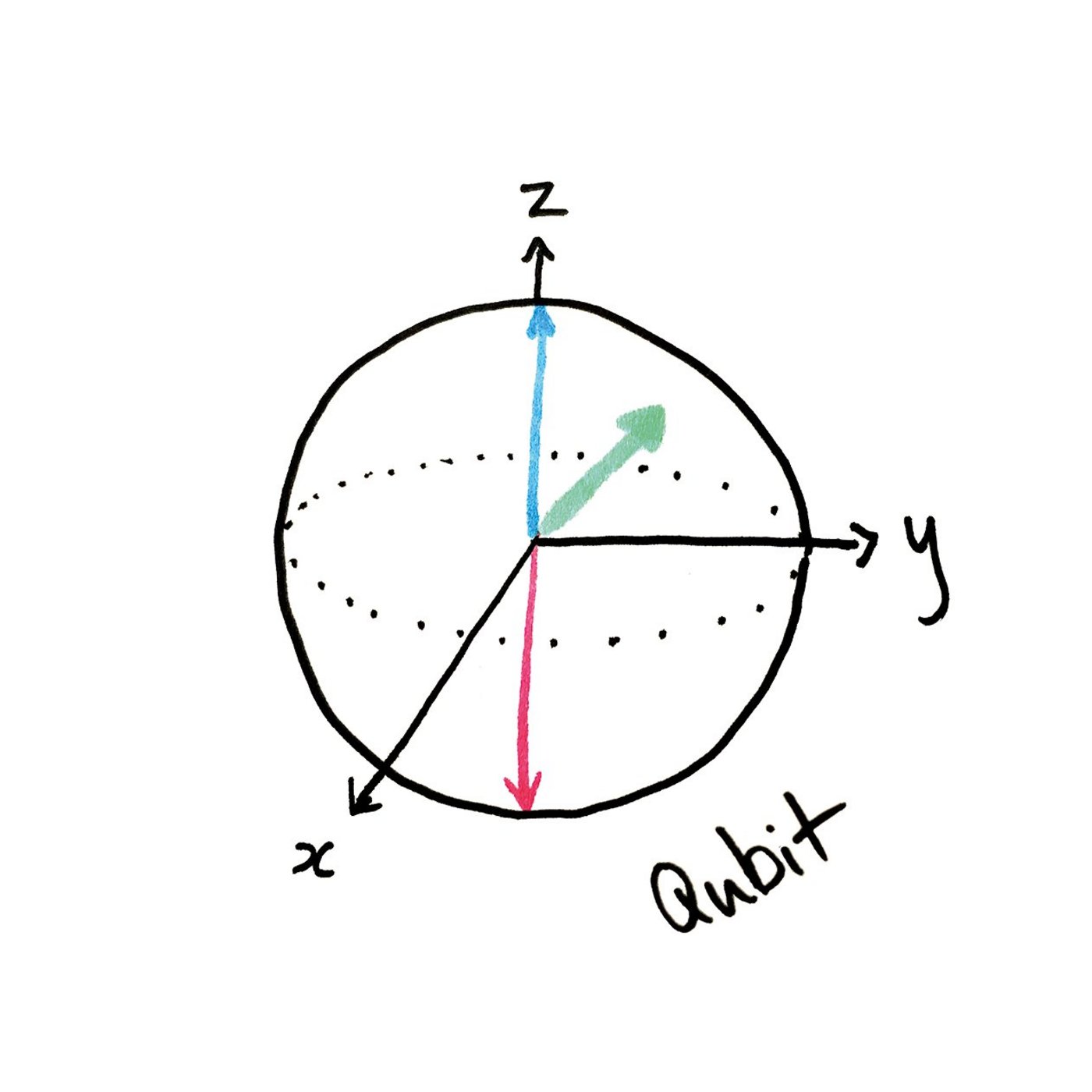
In contrast, a quantum computer works with qubits, or decision-making systems based on quantum theory. Qubits can also take on the state of 1 or 0, but also all other states in between. And not necessarily one after the other, but at the same time, in a single instant. Mainzer explains that it’s a bit like a wall clock: “For traditional computers, the pointer is either up at the top at twelve, for 0, or pointing down at six, for 1. It’s always jumping back and forth between these two states. In quantum computers, the hands are continuously wandering between the two states. These intermediate states indicate the probability that the value is closer to 0 or to 1. The superposition of all these possibilities between 0 and 1 is summarized in a quantum bit.” Superposition is the term given to the ability for multiple states to exist at the same place and time.
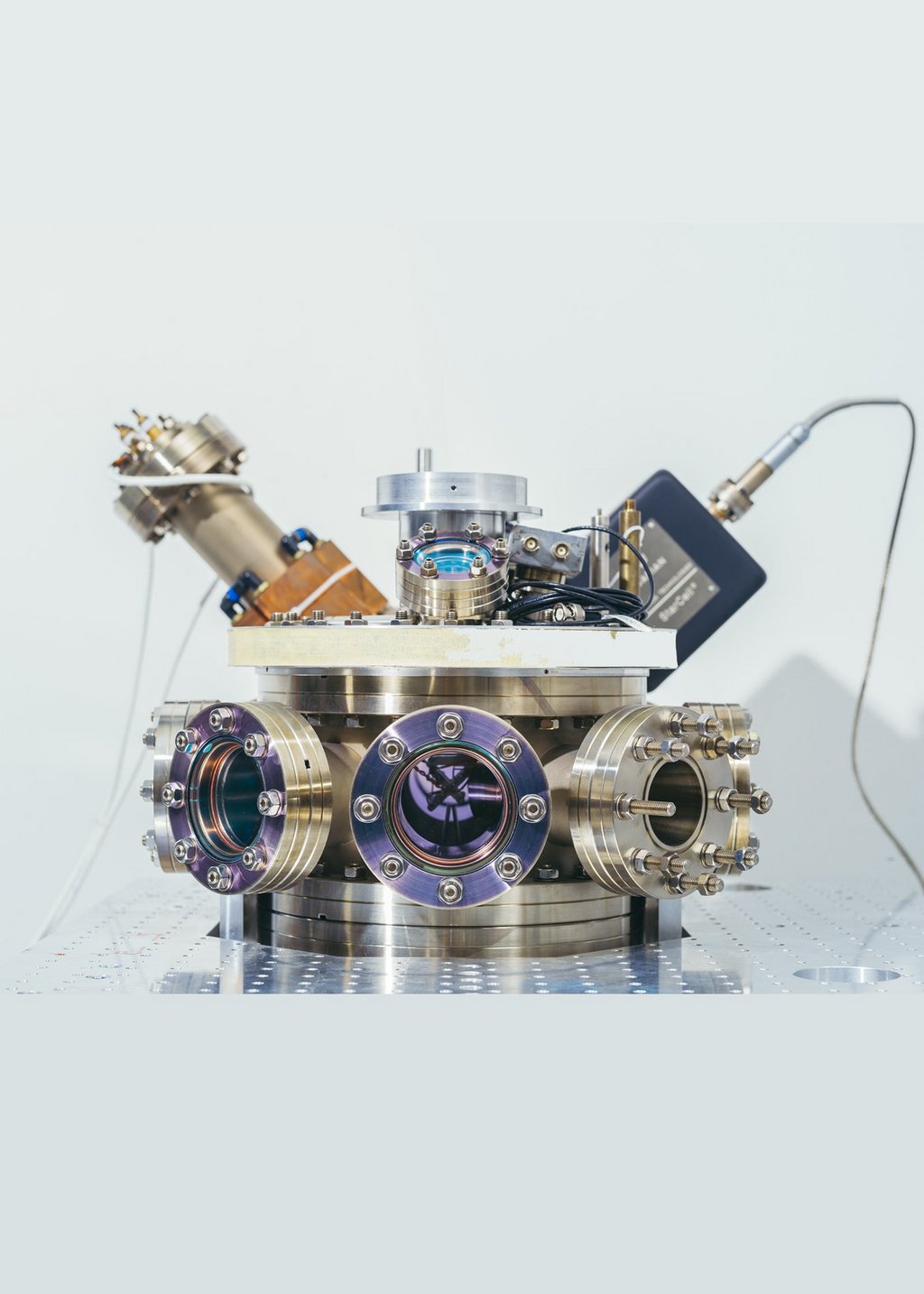
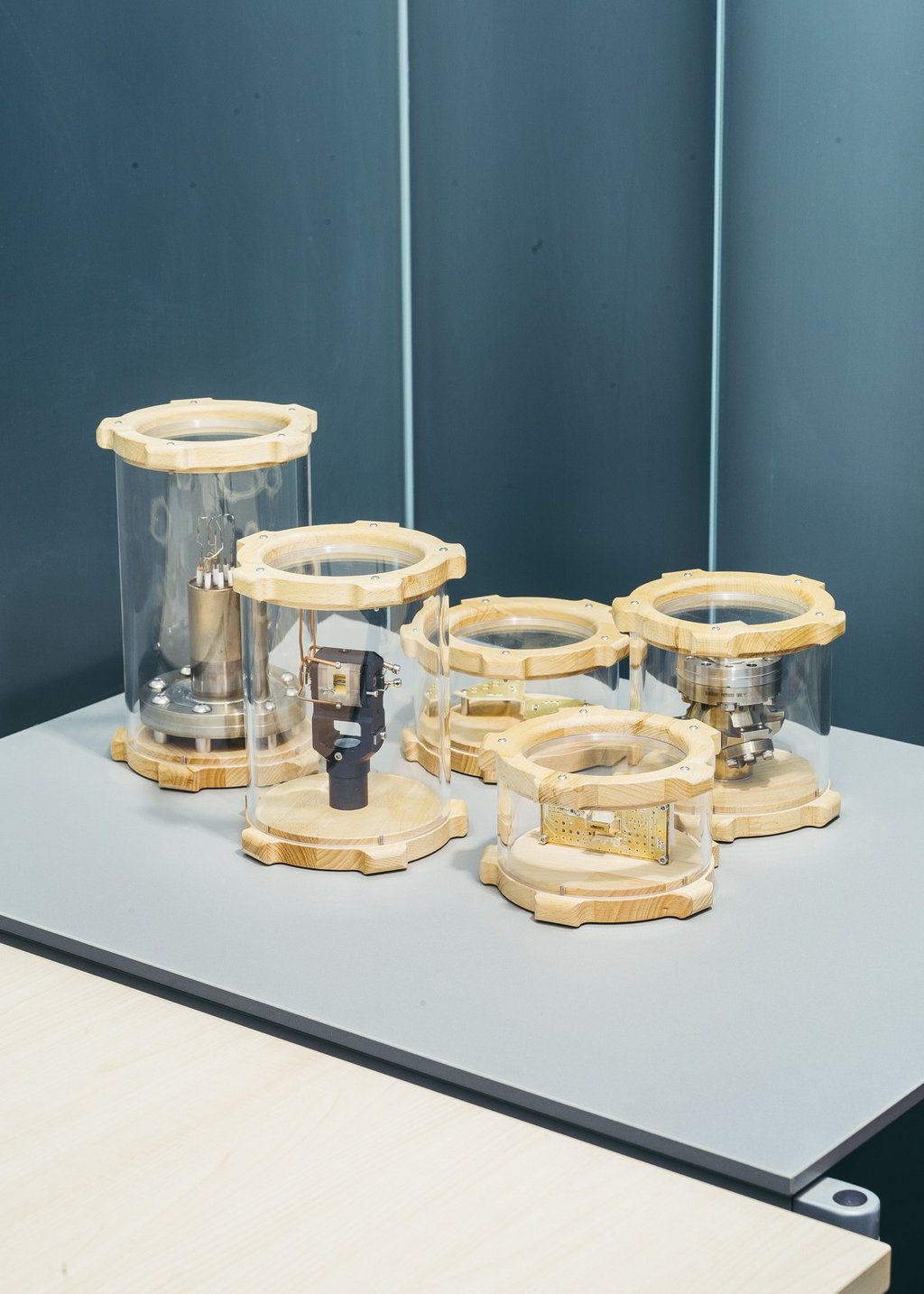
Quantum particles possess a second remarkable property that Albert Einstein famously called “spooky action at a distance.” To wit, take two photons and shoot them in opposite directions from a central source. Both hit screens along their path, where their respective states are measured. What’s spooky about this is that although the two particles are physically separated, they still remain connected—or entangled, as it is called in quantum theory. So if you measure the state of one qubit, you then also know the values for the entangled one. If we now combine the two properties of entanglement and superposition, we get an idea of how enormous the computing power of a quantum computer is: instead of making calculations with only the 1 or 0 values of a single bit, it can use the multiple values of multiple entangled qubits operating in parallel.
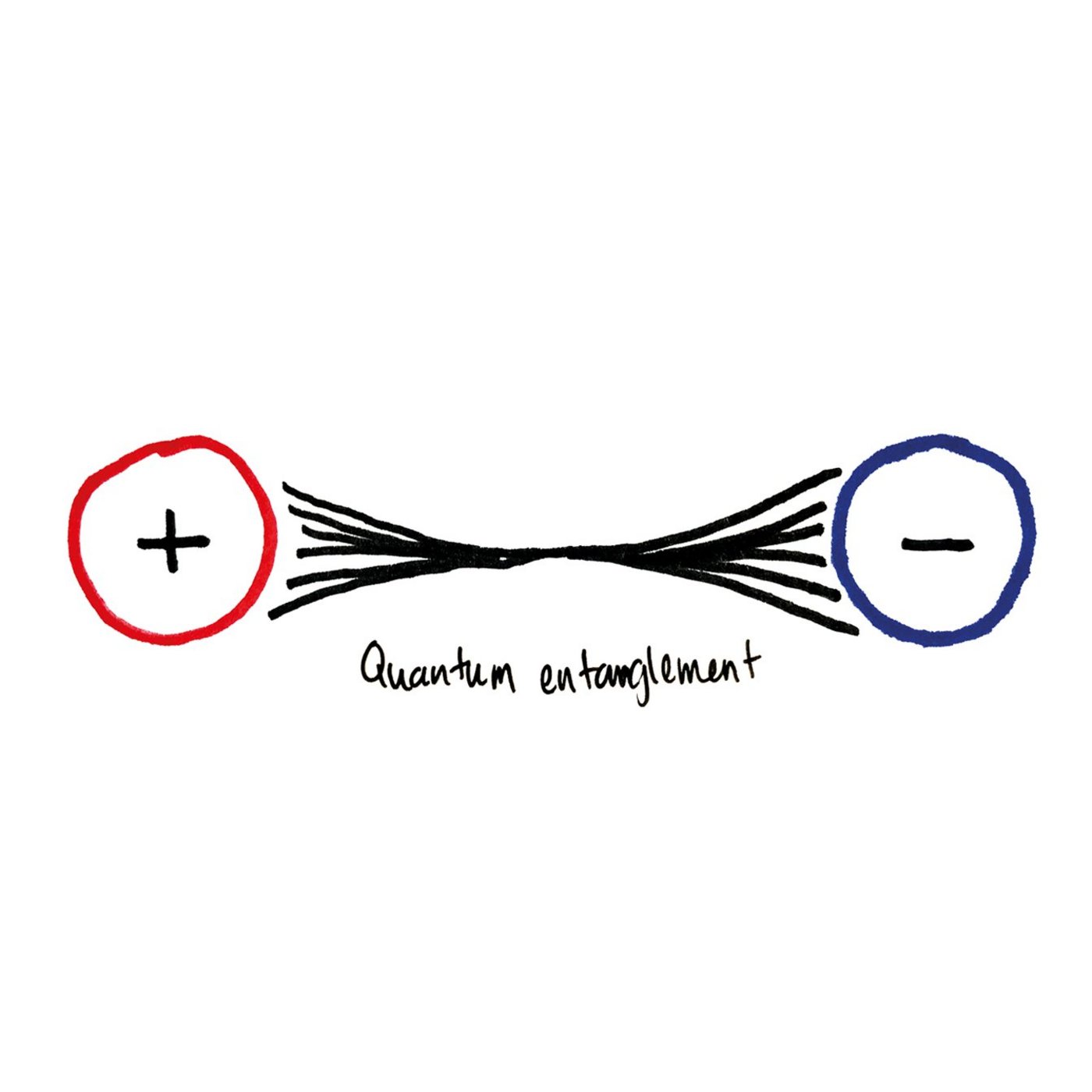
“High-performance algorithms are thus needed to decode what the qubits have calculated.”
This is the theory of quantum computing. The practical use of qubit chips, however, remains difficult. The first problem is that quantum systems are very difficult to produce artificially. They require extremely low temperatures, like those of deep space, and the complicated cooling systems necessary to achieve this make quantum computers look like chandeliers constructed of pipes and wiring. The second problem arises when trying to read out the computational results, which are highly sensitive to even the most minor of disturbances. The output is a superposition of all possible computational results, and with their sensitivity to interference the output can quickly collapse onto itself. As Mainzer explains: “High-performance algorithms are thus needed to decode what the qubits have calculated.” So while the potential of a quantum computer is absolutely enormous, tremendous efforts are also required to measure the results.
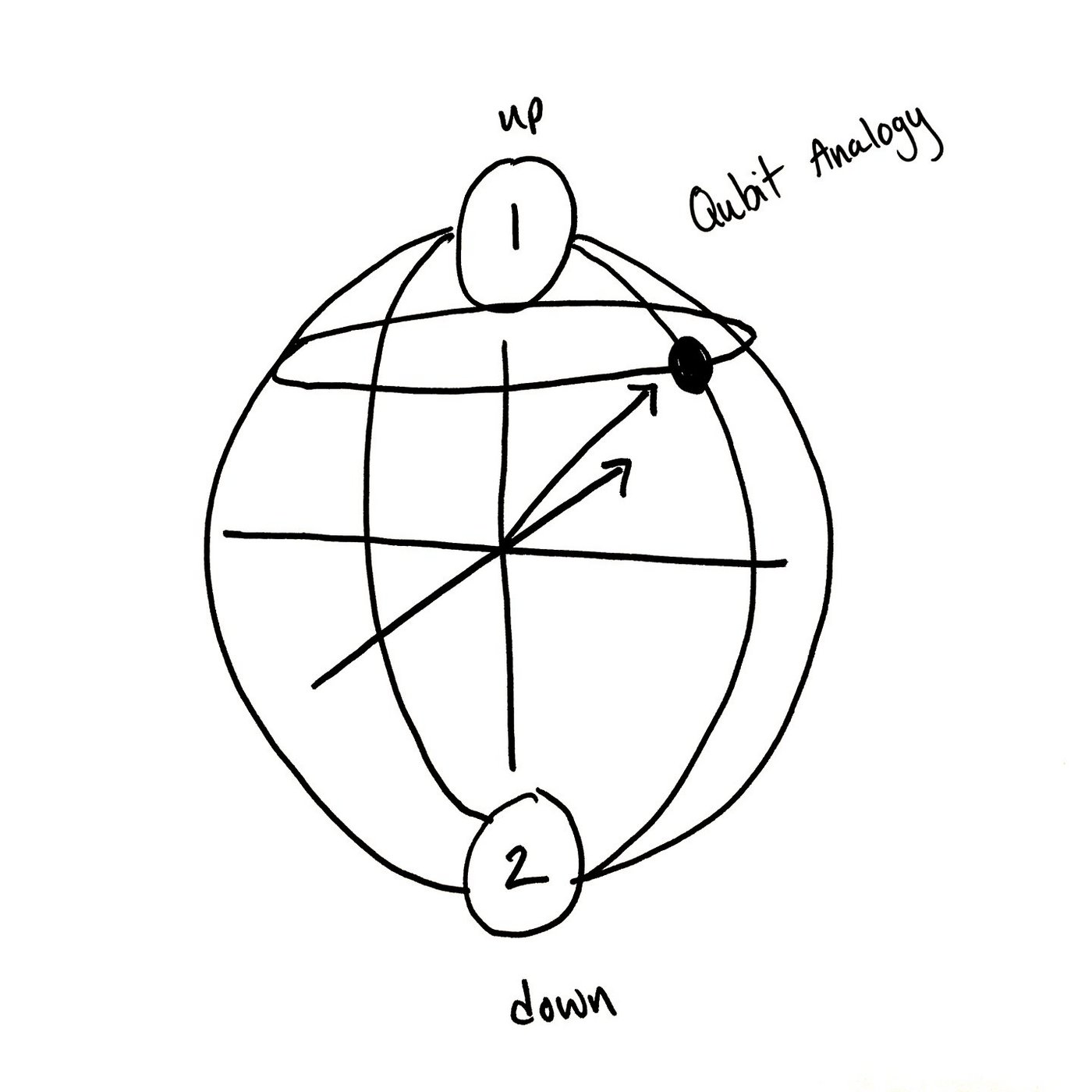
Developers have been fumbling their way forward, qubit by qubit, for the past few years, and now major tech corporations are reporting having made greater progress: Google announced it will be bringing commercial quantum computers to market starting in 2029. IBM has built a prototype that currently calculates with 127 qubits and hopes to achieve 400 by the end of 2022, and 1,000 by the end of 2023. One thousand is an important milestone, because quantum computers will only be better than common computers in solving a variety of problems simultaneously once they reach 1,000 qubits. So only at that point will the era of quantum superiority begin.
In China, on the other hand, the focus has been on developing a quantum internet, an effort joined by the Europeans in late 2021: a research alliance of the Fraunhofer Society and the Dutch research center QuTech is planning to develop a network of quantum computers in which entangled photons are sent through optical fibers. End-to-end security of transmission is guaranteed, because if a particle is captured or manipulated along the way, this is instantly detected by the change in the state of its entangled partner. This high-security network is already working for short distances, but the longer distances are creating problems because photons sometimes “get lost” along the way. So work is being done on the intermediate stations through which the information is passed on, much like a relay race. There is one question about the quantum internet that divides researchers: Is it worth the effort?
Potential areas of application for quantum computers in business are much more specific. In summer 2021, ten large German companies joined together to form the Quantum Technology & Application Consortium (QUTAC), with the aim of finding explicit applications for quantum computing. Among them is BASF, based in Ludwigshafen, Germany, which is looking for ways to use qubits to develop specialized catalysts to produce polymers for the chemical industry. It’s a complex business trying to model them with regular supercomputers, which is why chemists have worked with approximations and simplifications to date. The idea is that quantum computers wouldn’t require such compromises. The pharmaceutical company Boehringer Ingelheim is taking a similar approach, planning to use qubits to help develop medications. It currently takes an average of thirteen years for a new medication to receive approval. Quantum computers offer the potential to considerably shorten this timeframe. The multinational insurer Munich Re Group is taking aim at logistics: optimized and flexible routes calculated by quantum computers could help make supply chains much more robust in the face of disruptions. This would lower risks, naturally pleasing insurers.
So will quantum computers soon be found most everywhere? “No,” says Mainzer. “If traditional mainframe computers are overwhelmed by a task, they will turn to quantum computers for the precise help they need.” Mainzer imagines that a hybrid ecosystem of computers will emerge. It will help solve many problems, “but we still have to build and control the systems, not to mention checking the practical results ourselves.”
